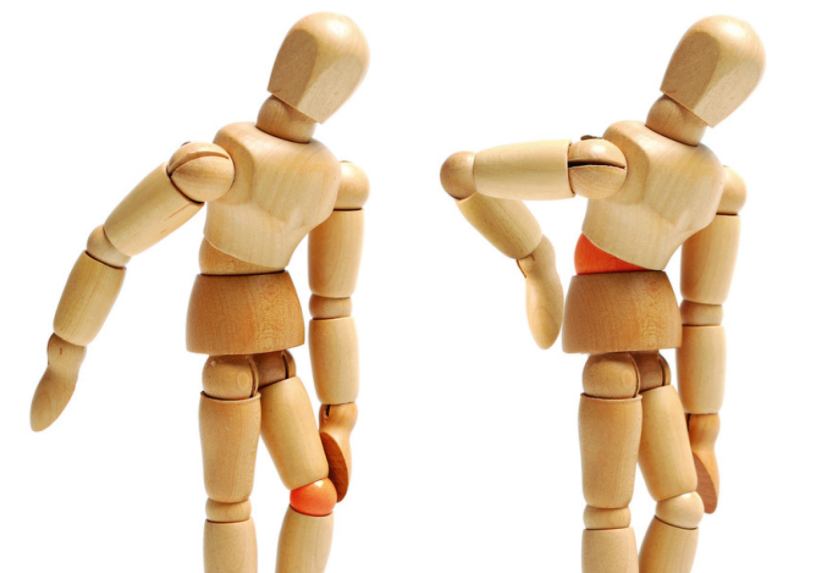We’ve all dealt with a crick in the neck, a pain in the back you can’t stretch or loosen, or a burning shoulder pain that is a nuisance in the best of situations. Many of these aches and pains can be attributed to poor posture. Good posture is a characteristic that has largely gone by the wayside. However, lack of good posture has major implications for your overall spinal welfare. Below are a few tricks that can help you have better posture at your desk.
Forget about Comfort
For a while, being comfortable will have to take a back seat. Good posture, for most people, will not feel very comfortable at first. When you are used to slouching, your body will naturally try to revert to it. Good posture at first won’t feel natural, won’t feel right, and it will be tempting to get your slouch back on. Tap into your own willpower and make a commitment to uphold your posture even when your brain is urging you to do otherwise.
Ergonomics Are a Real Thing
For many of us, thinking about the ergonomics of our sitting position is last on the list of priorities. It’s important to take this component seriously if you want to improve. You want to be sitting so your elbows are level with the top of your desk (in a sitting up straight position). You want the top of your computer screen to be at eye level. You want your wrists to be level with your hands, not sloped down. When each one of these areas are catered to, you will find they also encourage better posture.
Seek Professional Adjustments
Often time, bad posture has already wreaked havoc on your body. When you’ve committed to rectifying the situation, that is a great time to seek out a chiropractor. A well-trained professional will get your body back into alignment so you are primed for this new way of carrying yourself. Your chiropractor might recommend lumbar decompression exercises or even chiropractic electrical stimulation. They’ll be able to tell you the best ways to fix your problem areas specific to you.
They Make Devices for That
People may find themselves slouching with no recognition of when it happened. Posture braces exist as a device to help pull the shoulders back and serve as a physical reminder to sit up straight. There are also posture seats you can put on a chair that encourage balance and good posture to avoid wobbling on the seat.
Be Aware of your Problem Areas
A little self-awareness goes a long way. Assessing yourself can be an extremely valuable tool. Don’t be afraid to take a picture of yourself in a relaxed position, both sitting and standing. This can help you zero in which areas need special attention.
Practice Makes Perfect
Above all else, be sure to practice good posture at all times. As they say, it takes about a month for something to become a habit and natural. Use good posture at all times, even when not at your desk.
Old habits die hard, but when it comes to posture, this is an area worth your attentiveness. Using the best posture possible can help rectify many of the aches and pains associated with sitting at a desk.








